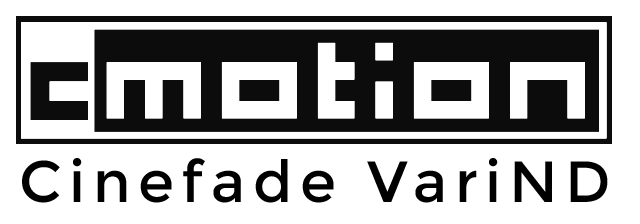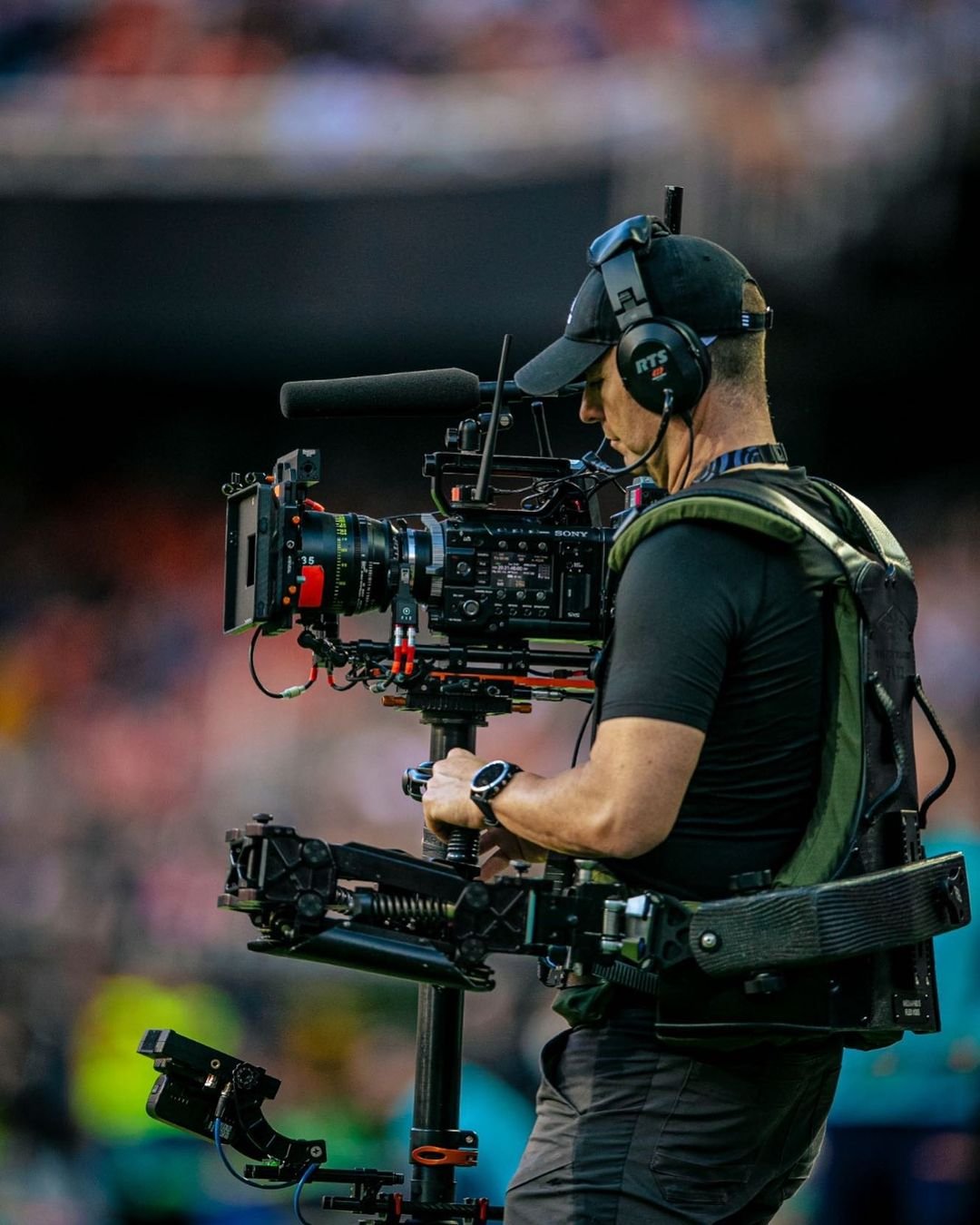Live sports broadcast uses Cinefade VariND for cinematic look
Broadcast cameras conventionally have small 2/3" imaging chips which result in a deep depth of field look, where most of the action is kept in focus for viewers at home. One of the first sports leagues to experiment with full-frame sensor cinema cameras during their live-sports broadcast productions is the Spanish professional football league La Liga and we take a look at how the Cinefade VariND helped to match the two different types of cameras and allowed the operators to quickly transition between a cinematic to a broadcast look.
A multi-camera broadcast production uses several cameras dotted around the stadium to capture different angles of the on-pitch action. Often these are Grass Valley or Panasonic cameras with large zoom lenses. Production services company Mediapro decided to experiment by exchanging one of these broadcast cameras with the full-frame Sony Venice and a set of Tokina Cinema T1.5 prime lenses. They chose the on-pitch Steadicam position, as the operator is able to get up close and personal with the players to isolate individuals from the background and capture their emotions.
“I can't live without the Cinefade VariND anymore. It makes it so easy to achieve the look and allows me to control depth of field anytime.”
Manu Tomás - Steadicam Operator
transition between broadcast to cinematic look
In an interview with cmotion, Òscar Lago from Mediapro highlights the benefit of having a cinema camera that can also achieve a broadcast look. The Sony Venice is essentially two cameras in one, being able to achieve a cinematic look with a shallow depth of field by opening up the iris and adding internal filtration, as well as a traditional broadcast look with a deep depth of field when the iris is stepped down.
Steadicam operator Manu Tomás with the Cinefade VariND system
Steadicam Operator Manu Tomás however mentions the hassle of having to adjust iris and internal ND settings on the fly to transition from the broadcast look to the cinematic look and often missing crucial moments due to the time required to match the Venice’s exposure with the other cameras. "Everything happens really fast in a broadcast environment and we would often miss the moments after a player scores and comes running towards you for the celebration".
After finding out about Cinefade, Isabelle Romero from Catts Camera supplied a cPro lens control system with the Cinefade VariND and the system has since been used on weekly broadcasts. "I can't live without the Cinefade VariND anymore,” says Manu “it makes it so easy to achieve the look and allows me to control depth of field anytime. What's more, the VariND filter is very tough and can even withstand a direct hit from a football without breaking, as I can personally attest".
Focus pullers Santi Capilla, Chon López, Raquel Pozuelo, María Lacasa, and Angie García set up the cPro lens control system and mapped all lenses. They were using wider lenses for the arrival of the players and longer lenses during the match. Usually you shoot somewhere between a T5.6 and T8 with the Cinefade VariND at full transmission (ND.4) to match with the broadcast cameras. With Cinefade mode set at the deep T-stop, as soon as the command is issued to transition to a cinematic look, they use the iris slider to quickly and seamlessly transition to a shallow depth of field and allow Manu to focus in on the action, capture the moment and isolate specific players from the background (learn how to setup Cinefade in detail here).
Steadicam operator Angel Navarro adds that the cinematic look is always used in the pre-match warm up but he likes working in tandem with the focus puller to independently decide when to start the transition to a cinematic look (for example after a goal scorer runs towards them), without input from the director, as everything happens in seconds.
Steadicam Operators Alberto García, Fernando Rodrigo and Javier Navalón have also now adopted the system and together they use the Cinefade VariND at a minimum of four matches every week, which is more than 150 matches every season.
“Because the image is cut live, sometimes that transition is seen in the broadcast, making it really spectacular because the viewer sees that change in the depth of field and how the player becomes prominent. We’re delighted with Cinefade and we have managed to give a really incredible look at LaLiga broadcasts.”
Angel Navarro - Steadicam Operator
Watch La Liga use cinematic cameras and transition to broadcast look
The main application of the Cinefade VariND for La Liga is to enable the operators to work faster and transition from one look to another quickly, providing the flexibility of both looks from one camera. The transition from a deep to a shallow depth of field was also used while live on air, bringing Cinefade's trademark background-blur effect to live-TV to accentuate specific moments.
Cinefade and live sports broadcasts
In a live-environment it is much harder to coordinate the moment to use the effect but there are certainly several moments during a football game (or other sporting events for that matter) that can be accentuated if a Steadicam can get up close to the players, such as during player's entrance and line-up, goal celebrations, cup lift, corner kicks, throw-ins, substitutions etc. and we look forward to seeing more examples of such moments. Whether the audience consciously notices the effect or simply feels more engaged in the moment will be interesting to analyse but the argument can be made that die-hard viewers will notice any change to the broadcast and hopefully will appreciate the added dimension.
Another benefit of using the Cinefade is that the focus pullers are able to maintain a deep depth of field while a player is running towards the camera, making it much easier to keep the action in focus. As soon as a player is stationary in front of the camera, they can transition to a shallow depth of field, making sure none of the players are ever soft. Once the excitement is over and regular play resumes, the focus puller transitions back to a deep depth of field and Manu continues to grab shots which match with the other broadcast cameras.
Oscar from Mediapro mentions that the audience noticed the new look and especially the younger viewers were kept engaged, which is the ultimate goal. During covid-19 it was possible even to hide the fact that stadiums were empty at certain moments by blurring the background. Colleagues from other countries are asking how this look was achieved and they even received the Sportel innovation prize for pioneering this look in a broadcast environment.
Audiovisual Head director of La Liga Melcior Soler receives the Innovation Prize at SPORTEL Awards 2021 with the support of Mediapro
Sky Sports has since also trialled the Cinefade system on several Premier League matches in the UK with production services provider NEP and there is certainly room for experimentation beyond the sport of football into other live-sporting events, especially since viewers are growing accustomed to the cinematic look on TV.
Which sports leagues would you like to see adapting a cinematic look and which sporting moments would look great accentuated with a Cinefade effect? Let us know in the comments or get in touch via email or social media.








